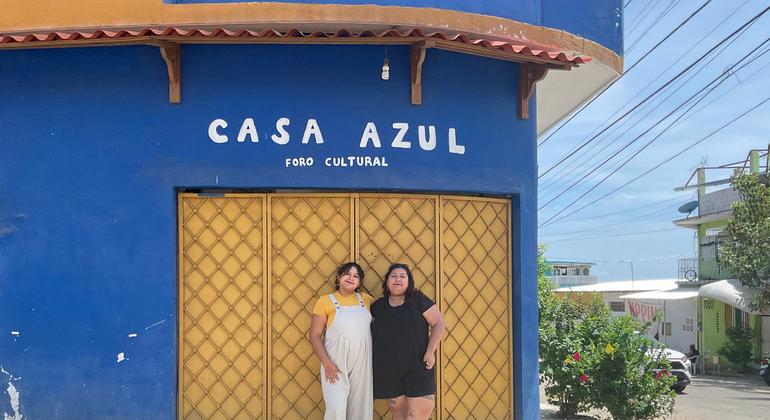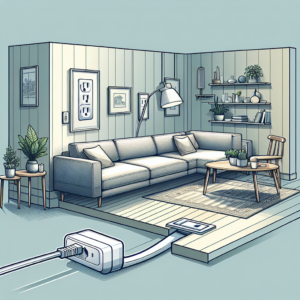In Acapulco, Mexico, two sisters, Azul and Regina Ramos, have undertaken a significant mission: to bring art and culture to their community. Both have formed a creative bond that began in their childhood, where their passion for artistic expression has become a driving force for change. Due to the lack of government support in Guerrero, their education has been completely self-taught, learning through workshops and mutually sharing knowledge.
Azul, a writer, photographer, and digital strategist, has guided her younger sister Regina, who has focused on playwriting. Together they have been able to access various scholarships for young creators, becoming references of local artistic talent. “Our training has been to listen to each other; we share a lot of what we learn in our workshops,” says Azul, who highlights the lack of art schools in Acapulco, forcing them to seek alternatives.
The idea of creating a cultural space, the Casa Azul Cultural Center, has been present for years, although the project faced significant obstacles, including threats of violence and the crisis caused by Hurricane Otis. This natural phenomenon devastated many homes in the Progreso neighborhood, where the sisters live, but, curiously, it also served as a catalyst for their project. Their home remained intact, allowing them to turn their pain into community action.
With the support of UNESCO and a network of solidarity generated among neighbors, Azul and Regina started a relief center after the hurricane, which not only helped them collect supplies, but also strengthened ties with the community. “That brought us closer because in a way they knew about us because we knew their routine,” explains Regina.
Over time, their dream became a reality when they opened Casa Azul, a space where they offer playwriting and poetry workshops, as well as host various cultural activities such as book presentations and bazaars. The cultural reactivation is financially supported by the UNESCO Emergency Fund for Heritage, which, after the disaster, supported artistic projects in the region.
However, the road has not been easy. Although UNESCO’s support is valuable, the sisters feel that there is still much to be done, especially regarding safety and institutional support. “It is good that it is done, it is a great success; especially that institutions like UNESCO have actions for cultural reactivation and recovery of spaces. But there is still a long way to go for projects to be fruitful,” says Azul.
The situation in Acapulco is complex; organized crime and lack of government attention have hindered the development of cultural initiatives. Both sisters are aware that their effort is not the sole solution to social problems, but rather a link in a broader change that must include cooperation and collective action.
In the current context, Regina expresses her desire to contribute to the community through art, highlighting its importance as a tool for social transformation. “It has become very important for us to give not for our own benefit, but for the community, to serve. These spaces are of community and brotherhood that we can create from love,” she mentions hopefully.
As Casa Azul takes shape, the Ramos sisters continue their work, firmly believing that culture and art can be powerful forces to revitalize and unite their community. With a clear focus on harnessing local creativity and creating an environment of mutual support, Azul and Regina seek to be an example of resilience and hope in difficult times.
Referrer: MiMub in Spanish










